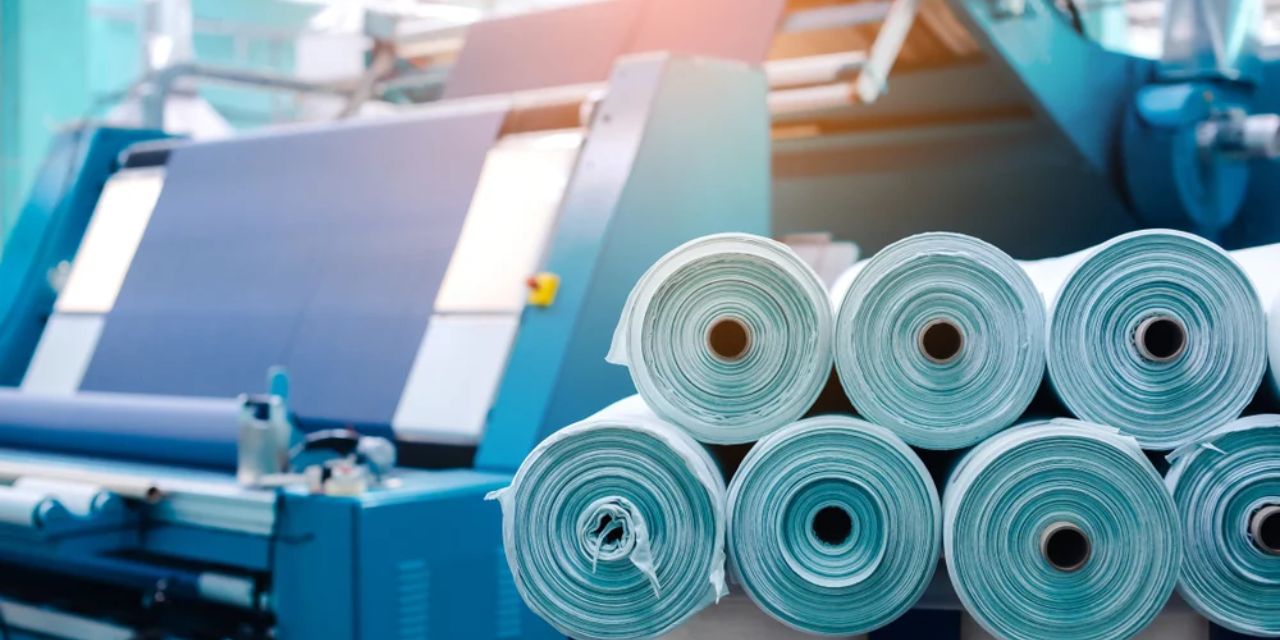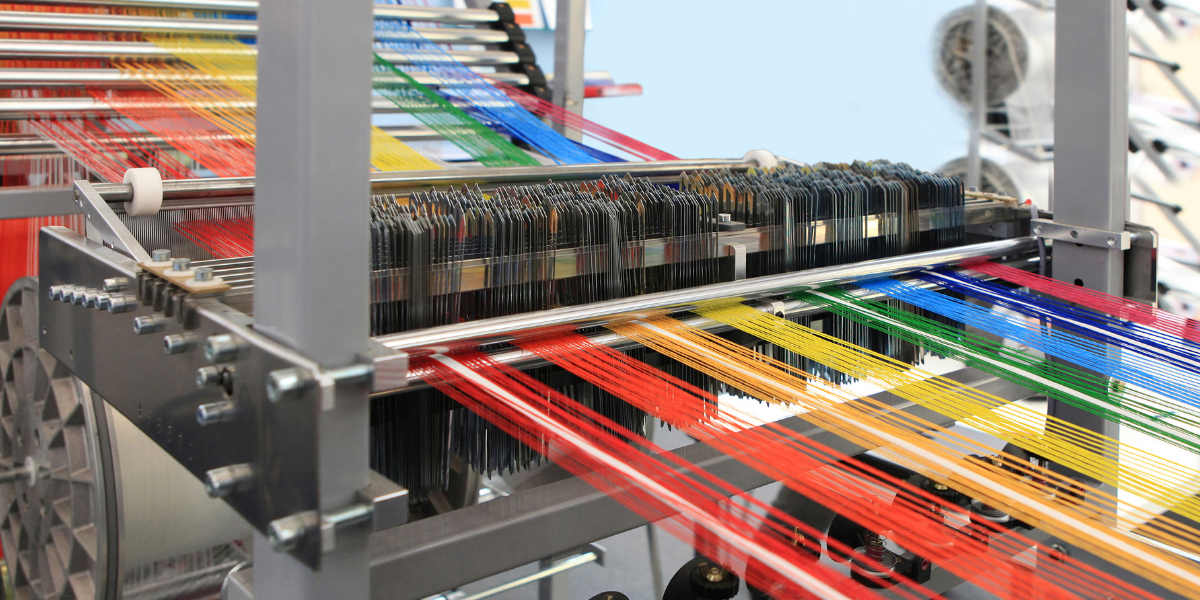In the intricate world of fabrics, where creativity intertwines with technology, the journey of textiles and nonwovens unfolds. This article delves into the rich tapestry of these industries, exploring their evolution, current innovations, and the promising future they hold.
Embarking on a voyage through the annals of history, textiles have been an integral part of human civilization. From ancient looms to modern knitting machines, the textile industry has undergone a remarkable transformation. In parallel, nonwovens, a relatively contemporary addition, have emerged as a revolutionary force, redefining the possibilities of fabric production.
The Evolution of Textiles
Textiles, as we know them, have evolved from basic handwoven fabrics to sophisticated materials created through intricate machinery. The article takes a stroll down memory lane, exploring the origins of textiles and their progression through the ages.
Nonwovens: A Modern Marvel
Introducing the readers to the fascinating world of nonwovens, a special section is dedicated to understanding what makes them unique. Unlike traditional textiles, nonwovens are engineered fabrics, providing diverse applications and advantages.
Advancements in Textile Manufacturing
Sustainable Textile Production
As environmental consciousness takes center stage, the textile industry is adapting. Sustainable practices in textile production are explored, shedding light on eco-friendly materials and manufacturing processes.
Smart Textiles: Where Fashion Meets Technology
In a world increasingly connected, smart textiles are turning heads. From temperature-regulating fabrics to garments with embedded sensors, the fusion of fashion and technology is explored in this section.
The Impact of Nonwovens in Various Industries
Medical and Healthcare
Nonwovens play a crucial role in the medical field, from surgical gowns to wound dressings. This section unravels the ways nonwovens contribute to the healthcare sector.
Automotive Sector
Delving into the automotive industry, the article explores how nonwovens enhance the durability and performance of vehicle components.
Geotextiles: Building a Strong Foundation
The use of nonwovens extends to geotextiles, supporting infrastructure projects globally. This section examines their role in constructing a solid foundation for roads and structures.
Challenges and Solutions in the Textile Industry
Environmental Concerns
While the textile industry progresses, it faces challenges, particularly regarding environmental impact. Strategies for mitigating these concerns are discussed, emphasizing the need for sustainable practices.
Quality Control and Standardization
Maintaining quality standards is vital in the textile industry. This section delves into the challenges of quality control and explores solutions to ensure consistent product excellence.
The Future Landscape of Textiles and Nonwovens


Nanotechnology in Textile Engineering
A glimpse into the future unveils the integration of nanotechnology in textile engineering. This section explores the potential applications and benefits of this cutting-edge approach.
Circular Economy: Redefining Textile Life Cycles
Embracing a circular economy model, the article discusses how the textile industry is reimagining product life cycles, promoting recycling and minimizing waste.
Textiles and Nonwovens in Everyday Life
From the clothes we wear to the products we use daily, textiles and nonwovens are woven into the fabric of our lives. This section highlights their ubiquitous presence and influence.
A Glimpse into Artistic Textile Innovations
Beyond functionality, textiles serve as a canvas for artistic expression. This section explores the intersection of art and textiles, showcasing innovative creations that push the boundaries of traditional craftsmanship.
Investing in the Future: Textile Industry Trends
For investors keen on understanding market trends, this section provides insights into the latest developments and opportunities within the textile and nonwoven industries.
Behind the Scenes: The Process of Nonwoven Production
Peeling back the layers, readers get an insider’s view of the intricate process involved in nonwoven production. From raw materials to the finished product, this section demystifies the manufacturing journey.
Exploring Textile and Nonwoven Education
Education is a cornerstone for industry growth. This section explores educational opportunities and programs available for those aspiring to enter the dynamic world of textiles and nonwovens.
The Intersection of Fashion and Functionality
In a world where fashion is not just about aesthetics but also functionality, this section explores the symbiotic relationship between fashion and textiles.
Textiles and Nonwovens:

A Global Perspective
The influence of textiles and nonwovens transcends borders. This section provides a global perspective, showcasing how these industries contribute to economies worldwide.
Textiles and Nonwovens: A Global Perspective
The world of textiles and nonwovens is vast and ever-evolving, playing a crucial role in our daily lives and global economy. In this article, we will delve into the rich history of textiles, explore the innovative realm of nonwovens, and take a global perspective on their significance.
Evolution of Textiles
Textiles have a storied history, with ancient civilizations creating fabrics through traditional processes. From handwoven fabrics to the industrial revolution, the evolution of textiles has shaped cultures and economies worldwide. Traditional methods of textile manufacturing laid the foundation for the sophisticated processes we have today.
Nonwovens: An Innovative Approach
Nonwovens represent a revolutionary approach to textile production. Unlike traditional textiles, nonwovens are created directly from fibers, eliminating the need for spinning and weaving. This innovative method offers advantages such as cost-effectiveness, flexibility, and enhanced performance in various applications.
Global Textile Industry Overview
The global textile industry is a dynamic landscape with key players and manufacturing hubs spread across the globe. We will explore the market trends, major regions contributing to the industry’s growth, and forecasts for the future.
Sustainability in Textile Production
As environmental concerns take center stage, the textile industry is adapting with sustainable practices. We will examine the environmental impact of textile production and discuss the industry’s efforts to adopt eco-friendly processes.
Nonwovens in Healthcare
The medical field has embraced nonwovens for their applications in medical textiles. From surgical gowns to wound dressings, nonwovens play a vital role in ensuring hygiene and safety in healthcare settings.
Technological Advancements
Technology has become integral to textile production, enhancing efficiency and quality. From automated machinery to the integration of artificial intelligence, technological advancements are shaping the future of the textile industry.
Challenges in the Textile and Nonwoven Industry
Despite advancements, challenges persist. Environmental concerns and intense market competition pose significant hurdles. We will explore these challenges and discuss potential solutions for a sustainable future.
Conclusion
In conclusion, the article weaves together the threads of the past, present, and future of textiles and nonwovens. From ancient looms to nanotechnology, from sustainable practices to artistic expressions, these industries continue to shape our world in profound ways.
FAQs
- Q: How are nonwovens different from traditional textiles?
- A: Nonwovens are engineered fabrics produced without traditional weaving or knitting, providing unique properties and applications.
- Q: What challenges does the textile industry face in terms of sustainability?
- A: The textile industry grapples with environmental concerns, prompting a shift towards sustainable practices and materials.
- Q: How do smart textiles enhance our daily lives?
- A: Smart textiles, embedded with technology, offer functionalities such as temperature regulation and health monitoring, elevating our daily experiences.
- Q: What is nanotechnology’s role in the future of textiles?
- A: Nanotechnology is poised to revolutionize textile engineering, offering new possibilities in terms of performance, durability, and functionality.
- Q: How can individuals contribute to a more sustainable textile industry?
- A: Individuals can contribute by supporting eco-friendly brands, practicing responsible consumption, and promoting awareness of sustainable textile choices.
